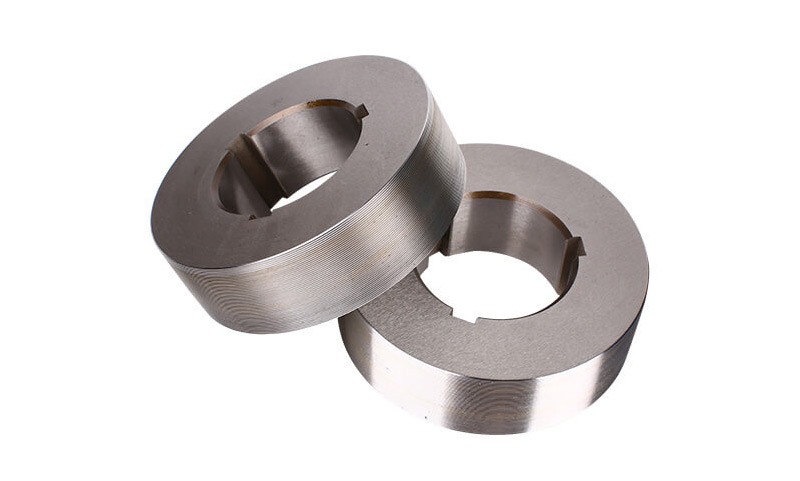
Sep . 29, 2024 06:15
Back to list
Gas Pressure Regulator Valve for Optimal Flow Control and Safety
Understanding Gas Pressure Regulator Valves
Gas pressure regulator valves play a crucial role in various applications, from residential heating systems to industrial processes. These valves ensure that gas is delivered at a consistent and safe pressure, which prevents potential hazards and equipment damage. This article will explore the significance, functionality, types, and maintenance of gas pressure regulator valves, shedding light on their vital role in energy management and safety.
What is a Gas Pressure Regulator Valve?
A gas pressure regulator valve is a device that controls the pressure of gas flowing from a supply to a downstream system. Its main function is to reduce high inlet pressure to a safe and usable outlet pressure. This process is essential for ensuring that appliances and equipment receive the correct amount of gas for optimal operation. Imprecise gas pressure can lead to inefficiency, increased risks of accidents, or even complete equipment failure.
Importance of Gas Pressure Regulators
1. Safety One of the most critical aspects of gas pressure regulators is safety. High pressure can lead to catastrophic failures, including explosions or leaks. Regulators maintain the pressure at a safe level to mitigate these risks.
2. Efficiency Proper gas pressure regulation enhances the efficiency of combustion processes. When gas appliances operate at the optimal pressure, they perform better, resulting in lower fuel consumption and decreased operational costs.
3. Compliance In many regions, regulations govern the installation and operation of gas systems. Utilizing pressure regulators helps companies and households comply with these safety standards.
4. Equipment Longevity Consistently regulated pressure reduces wear and tear on appliances, extending their lifespan and improving their reliability.
How Do Gas Pressure Regulators Work?
Gas pressure regulators operate based on a simple principle of balance. The regulator contains a diaphragm that responds to changes in pressure. When gas enters the regulator at high pressure, it fills a chamber, and the diaphragm moves in response to this pressure change.
1. Inlet Pressure The regulator receives gas at a specific inlet pressure that can fluctuate due to various factors (e.g., upstream supply variations).
.
3. Outlet Pressure By adjusting the valve seat, the regulator maintains a constant outlet pressure, regardless of variations in the inlet supply. The regulated pressure is pre-set and remains stable as the diaphragm compensates for changes in flow or inlet pressure.
صمام منظم ضغط الغاز

Types of Gas Pressure Regulators
There are several types of gas pressure regulators, each suited for specific applications
1. Single-Stage Regulators These are usually used in low-pressure applications. They reduce the pressure from the inlet to the outlet in one step and are ideal for applications with relatively constant pressure.
2. Two-Stage Regulators More complex and versatile, these regulators first reduce pressure in two distinct phases. They are often used in applications with fluctuating inlet pressures and are considered more stable.
3. High-Pressure Regulators Designed for use in high-pressure gas supply systems, these regulators can handle greater inlet pressures while ensuring safe outlet flow.
4. Electronic Regulators These advanced regulators use electronic sensors and control systems to monitor and adjust gas pressure precisely.
Maintenance of Gas Pressure Regulators
Regular maintenance is essential to ensure the proper functioning of gas pressure regulators. Here are some key maintenance practices
1. Visual Inspections Regular checks for leaks, corrosion, or physical damage can help catch issues before they become serious.
2. Cleaning Debris can affect the performance of the regulator. Cleaning the inlet and outlet ports can help maintain efficiency.
3. Calibration It’s essential to periodically calibrate the regulator to ensure that it maintains the correct pressure levels.
4. Replacement Knowing the lifespan of the regulator and replacing it as needed can prevent failures associated with aging components.
Conclusion
Gas pressure regulator valves are fundamental components in ensuring safety, efficiency, and reliability in gas distribution systems. Understanding their function and importance is vital for both residential and industrial users. By prioritizing maintenance and proper operation, users can ensure that these regulators continue to work effectively, contributing to safer and more efficient gas use in various energy applications. Whether for domestic heating, industrial processes, or gas appliances, the impact of gas pressure regulators cannot be overstated.
Latest news
-
Safety Valve Spring-Loaded Design Overpressure ProtectionNewsJul.25,2025
-
Precision Voltage Regulator AC5 Accuracy Grade PerformanceNewsJul.25,2025
-
Natural Gas Pressure Regulating Skid Industrial Pipeline ApplicationsNewsJul.25,2025
-
Natural Gas Filter Stainless Steel Mesh Element DesignNewsJul.25,2025
-
Gas Pressure Regulator Valve Direct-Acting Spring-Loaded DesignNewsJul.25,2025
-
Decompression Equipment Multi-Stage Heat Exchange System DesignNewsJul.25,2025

